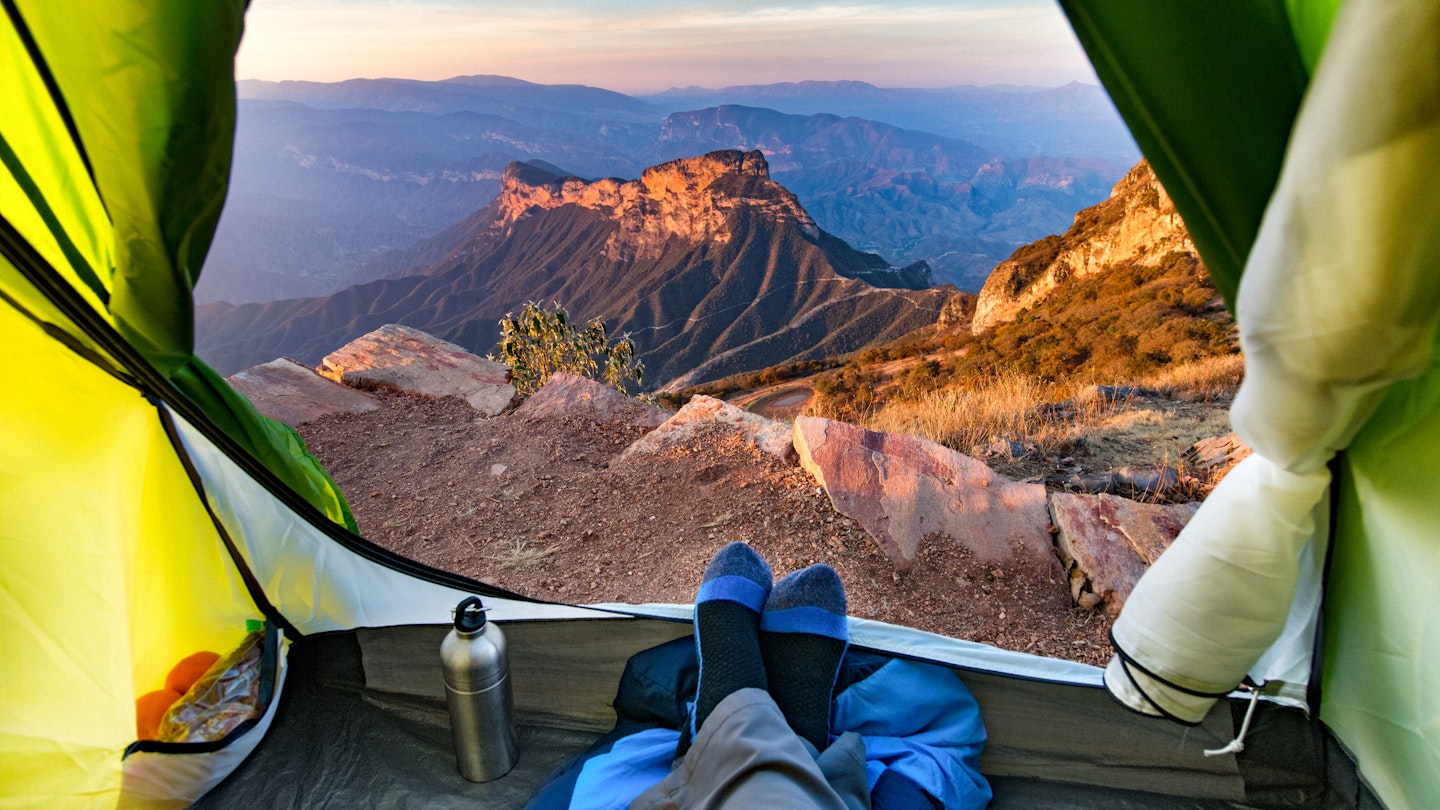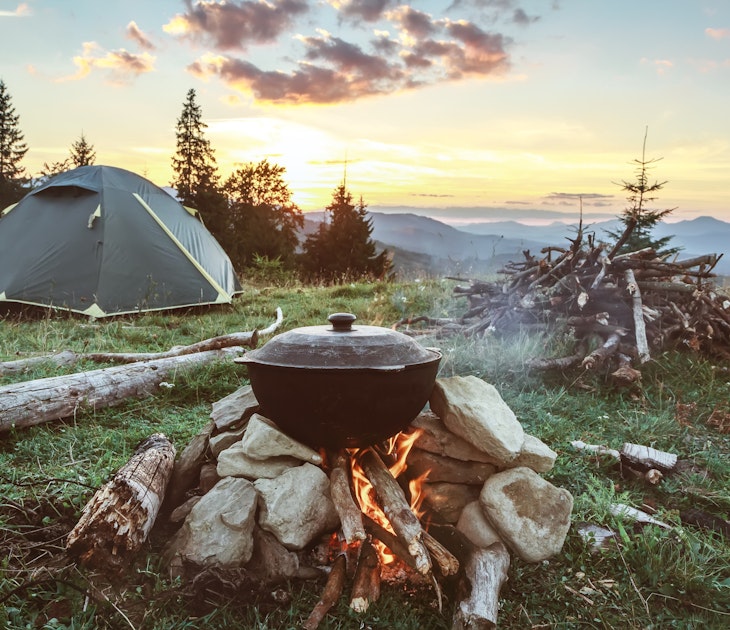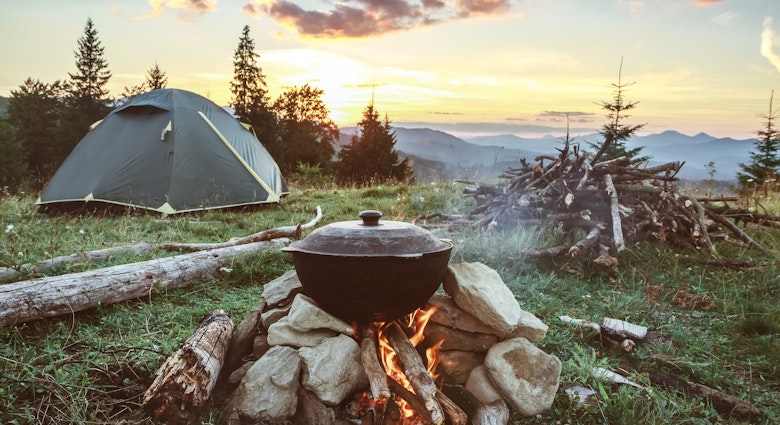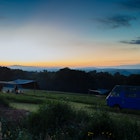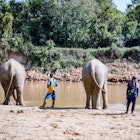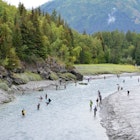If you want to escape the chatter of strangers and the hum of RVs at crowded drive-up campgrounds backcountry camping is the perfect opportunity.
However, while accessing more remote patches of wilderness may be the key to peace, quiet and a deeper connection with nature, doing so also comes with increased responsibility and unique safety concerns.
It doesn’t have to be difficult – but backcountry camping may challenge you in new ways, and does require some knowledge to ensure that both you and the places you’re visiting remain safe.
Wild camping – your ultimate guide to planning a trip

What is backcountry camping?
Simply put, backcountry camping means you've pitched your tent deep in the woods, far away from the usual amenities of a set-aside campground, like restrooms or access to electricity. Camping like this requires that visitors pack and carry everything that they're going to need for the length of their trip, and be prepared to pack it all back out again.
5 of the best places to camp near major US cities
How is it different than regular camping?
Rather than driving to a campsite with all of your gear packed in the trunk, backcountry camping involves carrying everything you need on your back and venturing to your campsite on foot. Backcountry camping and backpacking are mostly interchangeable – backpacking is just how you get to your backcountry camping site.
Sometimes a backcountry camping spot looks a lot like your traditional, developed campsite: there’s a cleared space for a tent, a fire pit and maybe even an outhouse. Other times you trade those basic amenities for less-developed wilderness and the joy of pooping in either a hole you dig yourself or a bag you take out with you.
7 expert tips for tackling your first multi-day hike

Where to go backcountry camping
First step: pick a destination! Beginner campers should pick a backcountry campsite that’s easy to access. While you could venture many miles on a multi-day backpacking trip, a close-in destination will give you the chance to get comfortable with carrying and using all of your gear, finding a site and settling in for a night in nature.
National parks are a good place to start for well-traveled, but still remote, backcountry camping destinations. Though, be aware that most backcountry camping in national parks requires backcountry permits, the most popular of which are snatched up quickly, especially for summer months.
You can also find opportunities for backcountry camping on public lands including national forests, state parks and Bureau of Land Management (BLM) land.
9 common mistakes to avoid while hiking and camping
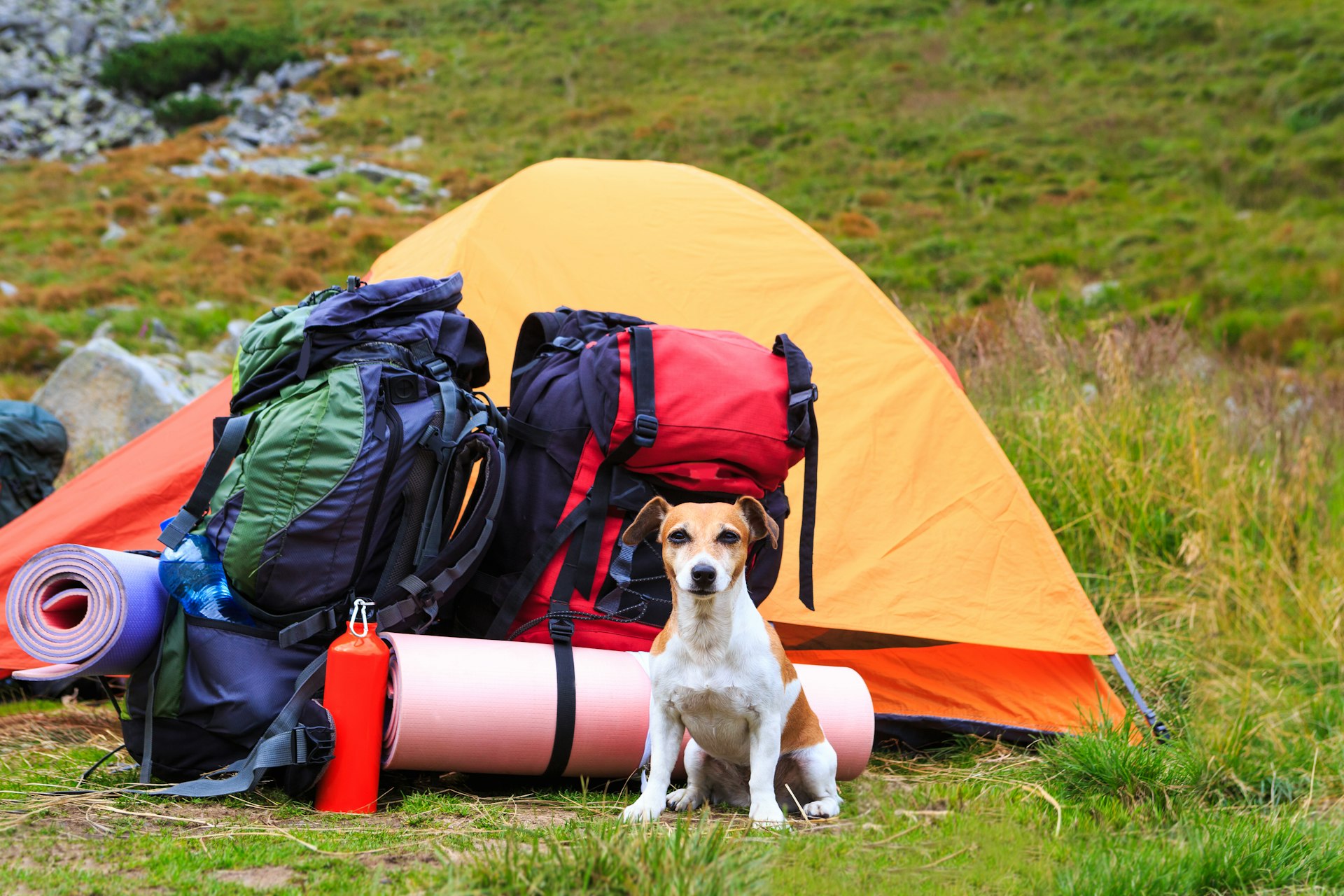
Packing and testing your gear is vital to survival
Getting away from it all is great. Until you realize your tent bag is missing the poles. There's no gear store nearby to pop into when you’re camping in the backcountry, so it’s extremely important to test, know, check and recheck all of the gear you bring.
You’ll also want to focus on minimizing weight, as all of this stuff will be riding on your back for at least some distance. Opting for lighter options and minimizing what you bring will make your backcountry camping trip more enjoyable – especially if you’re hiking far to get there.
The gear essentials for backcountry camping are pretty similar to regular camping – your tent, sleeping bag, sleeping pad, food, toiletries, water, light source and cooking equipment will all need to fit in your backpack. Set up your tent before you leave, even if you’ve used it many times, just to ensure that you have all of the pieces. Test your stove. Check your fuel supply. Check and recheck everything.
Where to explore Europe's most stunning national parks
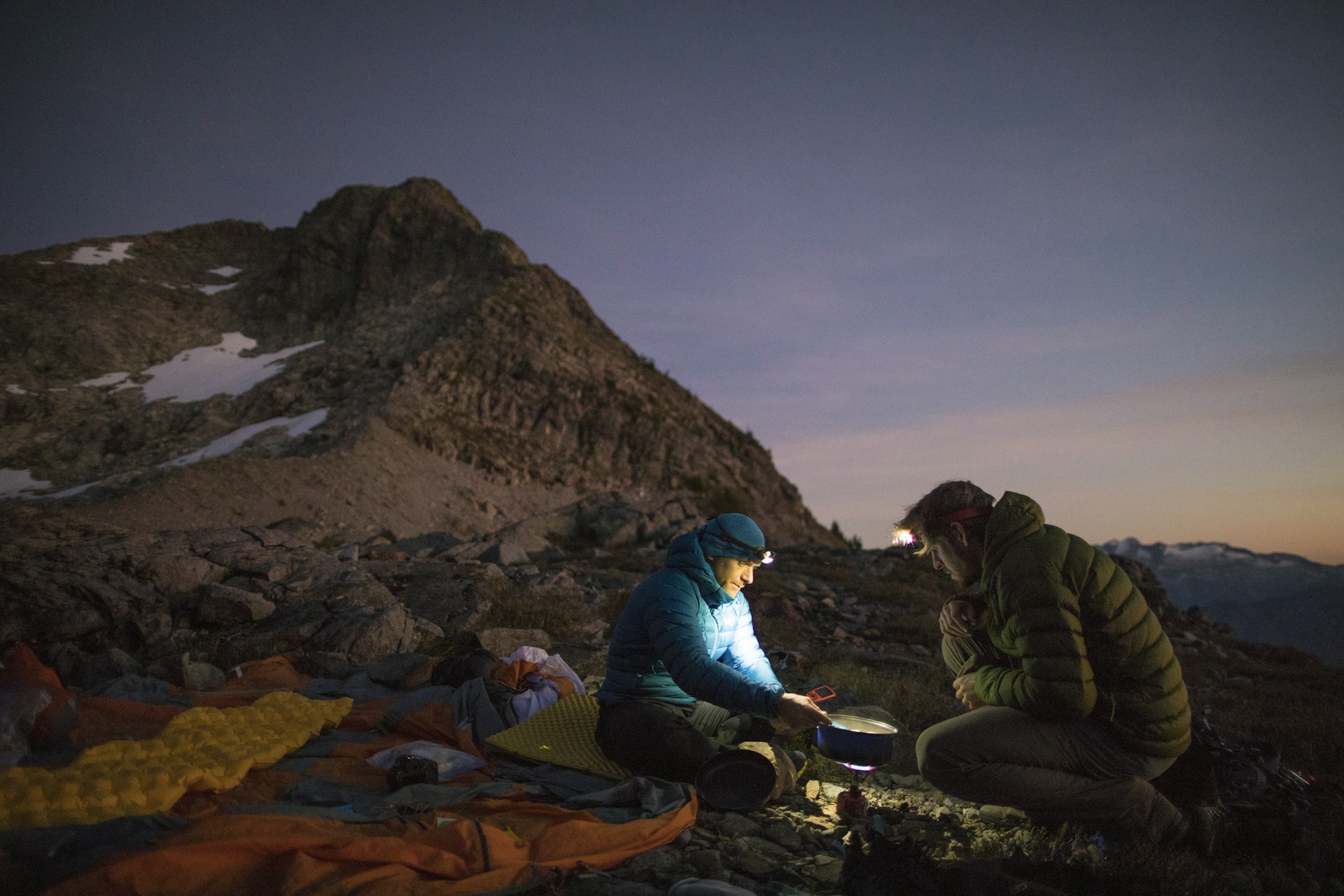
What to eat when backcountry camping
When it comes to food, it’s best to keep it simple. Freeze-dried meals are a popular option; just add hot water to a meal pouch and you’ve got yourself breakfast, lunch, or dinner. Mountain House, Backpacker’s Pantry and Good to Go are all popular brands of freeze-dried meals with plenty of variety.
If you’re looking to get a little fancier with your food, Fresh Off the Grid is a trusted resource for all things camp cooking, and they have a great list of backpacking meals that are simple, lightweight and calorie-dense.
Some backcountry camping locations will even have access to a stream or other body of water that will allow you to fish for food, though hunting other wildlife is usually prohibited.
10 national parks you have to visit in Italy
Leave No Trace principles
Leave No Trace principles were developed to protect and preserve outdoor spaces. In a nutshell, they’re a guide to leaving the wilderness exactly as you found it. This is especially important to consider when backcountry camping.
There are seven basic Leave No Trace principles; they cover planning and preparing, sticking to durable surfaces, properly disposing of waste, leaving what you find, minimizing campfire impacts, respecting wildlife and being considerate of others. An additional principle that has recently gained attention is to mitigate the impact of social media on wild places. That is being especially careful about sharing a little-known wilderness location with a large audience in order to minimize the possibility of a sudden influx of visitors on a fragile site.
In addition, all backcountry campers should look into the nuances of leaving no trace in the specific habitat that they’re visiting, as they can often vary slightly depending on the landscape.
North America's best national park day hikes
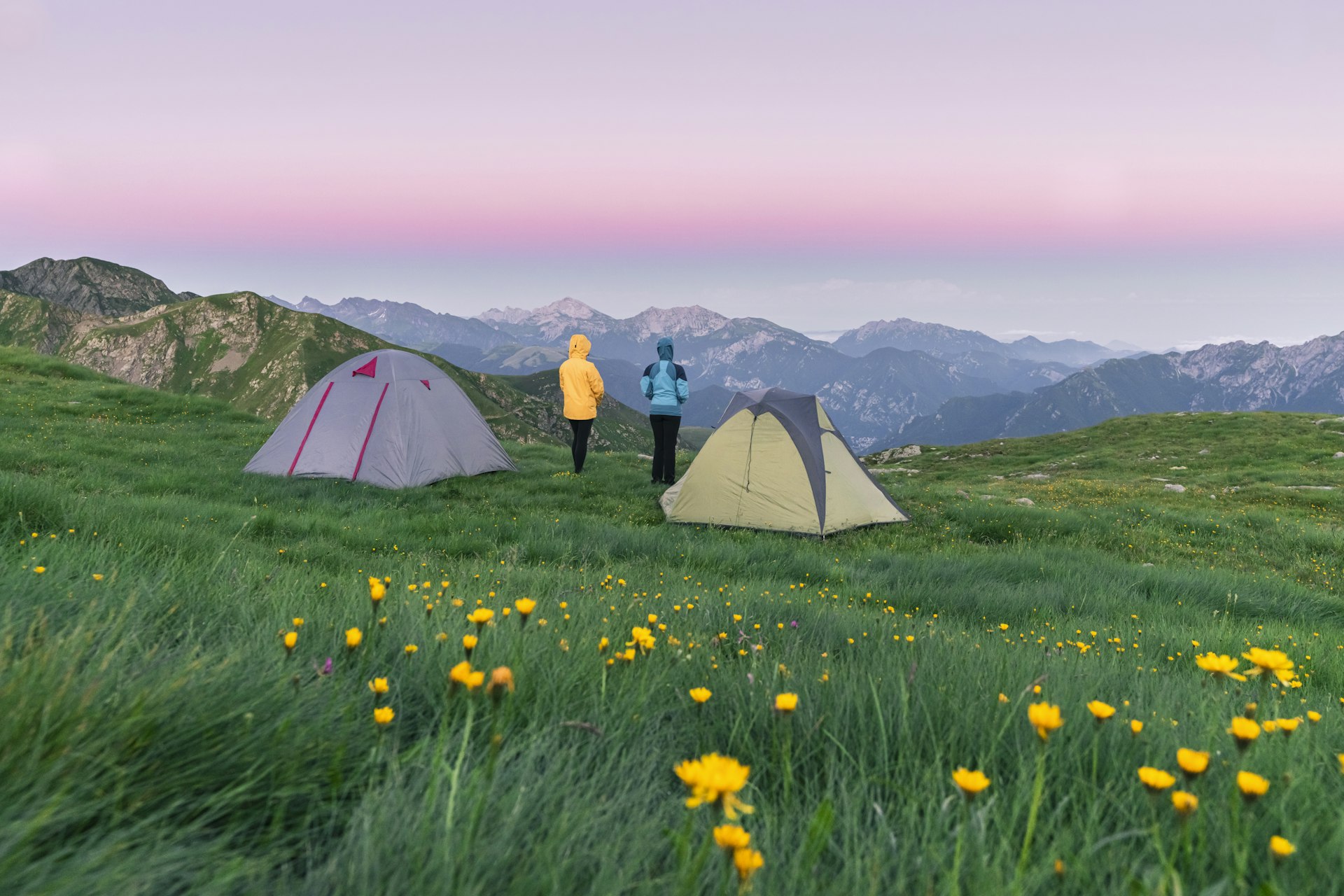
Educate yourself and enjoy
Studying up on Leave No Trace principles and understanding how to use your gear aren’t the only things you’ll need to know for backcountry camping. Much of the knowledge you’ll put to use in the backcountry comes with experience, but classes and additional online resources are available for all kinds of useful skills, from navigating with a map and compass to identifying plants and animals.
Ultimately, we should all be honored to visit the wilderness, and knowing as much as we can about the place we’re visiting and the ways in which we’re interacting with nature makes the experience a better one for us and for everything around us. There is nothing quite like the sensation of melting into the darkness of a starry night sky in the backcountry; it will give you even greater appreciation for all the wildness beneath.
You might also like:
What is backpacking? The eternal travel debate
Our top 10 picks for backpacking cooking gear
What it means to Leave No Trace: 8 principles to be more mindful outdoors
